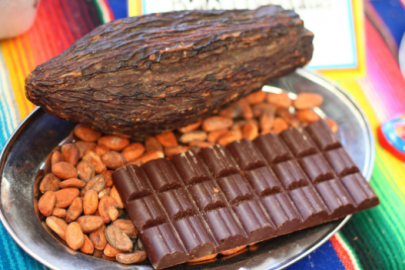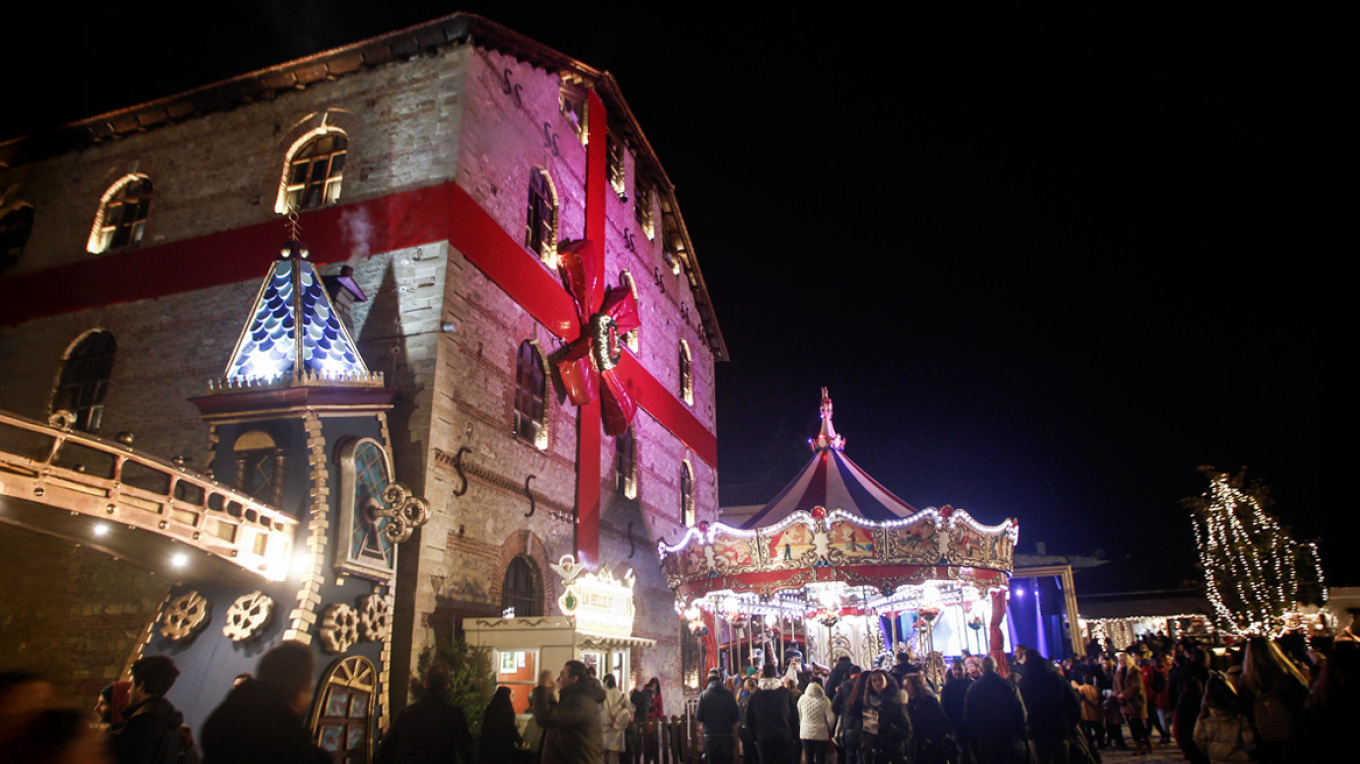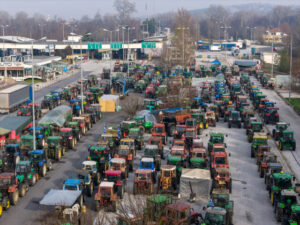Chocolate companies still have “a huge amount of work to do” in implementing truly sustainable policies, with some doing much better than others, the Washington-based NGO Mighty Earth concluded in a consumer guide ranking chocolate producers, published a few days ahead of Easter.
The aim of the new consumer guide which was published on 27 March is to “help consumers understand which major chocolate companies are doing the best job so far to protect forests, and which are lagging behind”, the organization explained.
Europe is the world’s biggest chocolate consumer, with the Swiss, Germans, Irish and British leading.
Mighty Earth detailed its approach: “Our investigations found that chocolate companies’ cocoa is driving deforestation worldwide, destroying biodiverse rainforest habitats for chimpanzees and other endangered animals”.
It added that their examination of the latest company commitments “shows significant improvement in (sustainable) policy” since the previous investigation, but “every company still has a huge amount of work to do to implement these policies”.
Mighty Earth is a global campaign organization based in Washington that focuses on conserving what they consider threatened landscapes such as tropical rainforests, protecting oceans, and tackling climate change.
Hershey’s leading
The newly published guide shows American company Hershey Foods Corporation – commonly called Hershey’s – is leading the ranking of the more sustainable companies in the chocolate industry, while Japanese confectionery Morinaga and French premium chocolate manufacturer Valrhona are coming in last.
“Each company is scored based on three simple criteria: first, have they signed onto the West African pact to overhaul all environmental practices for cocoa there, and turn the page on deforestation? Second, are they on board with ‘shade-grown’ bird-friendly cocoa with a real agroforestry policy worldwide? And third, has the company extended its commitment beyond West Africa to protect forests all over the world, refusing to buy deforestation cocoa no matter where it’s from?” Mighty Earth described.
The organization also indicated that it has used a traffic light approach: “We gave companies “good” green eggs for leadership, yellow eggs if the company needs to step up their game, and red or “bad eggs” for companies failing to do the right thing”.
Deforestation’s large impact
Deforestation in the cocoa production is a pressing issue. In West Africa, where most of the world’s cocoa production comes from (Cote d’Ivoire with 40% and Ghana with 20%), cocoa is often monocropped, with little to no shade.
With climate change now threatening cocoa farms, forests and shade trees can positively affect local climatic conditions by promoting cooler temperatures, keeping moisture in the air and the soil, and helping maintain soil fertility.
But in Ghana and in Côte d’Ivoire, the brown gold has gradually destroyed the countries’ national parks and protected forests, while in Cote d’Ivoire, suspicions of corruption are tainting the authorities’ attempts to curb rampant deforestation.
“Abidjan Declaration”
The consumer guide was published the day after the President of Ghana, Nana Addo Dankwa Akufo-Addo, and the President of Cote d’Ivoire, Alassane Ouattara, signed a strategic partnership agreement with the aim to defend the interest of the two countries in the global cocoa industry.
Known as the “Abidjan Declaration”, the agreement also seeks to address the common challenges cocoa producers from both Ghana and Cote d’Ivoire face.
Fluctuations of cocoa prices on the international market, marked by a fall of around 20% in 2017, have impacted negatively on the revenues of millions of cocoa farmers, as well as on the budgetary revenues of the two countries.
Source: euractiv
Ask me anything
Explore related questions





